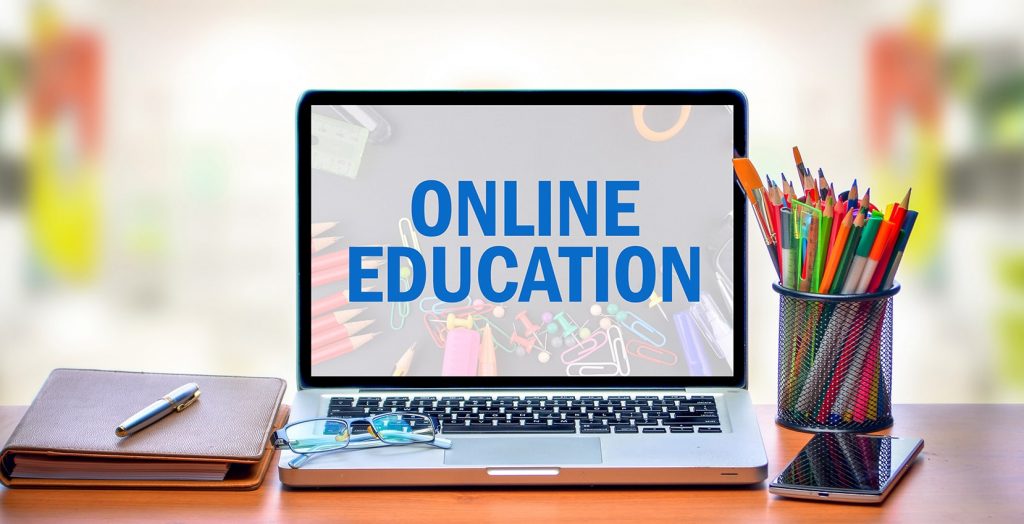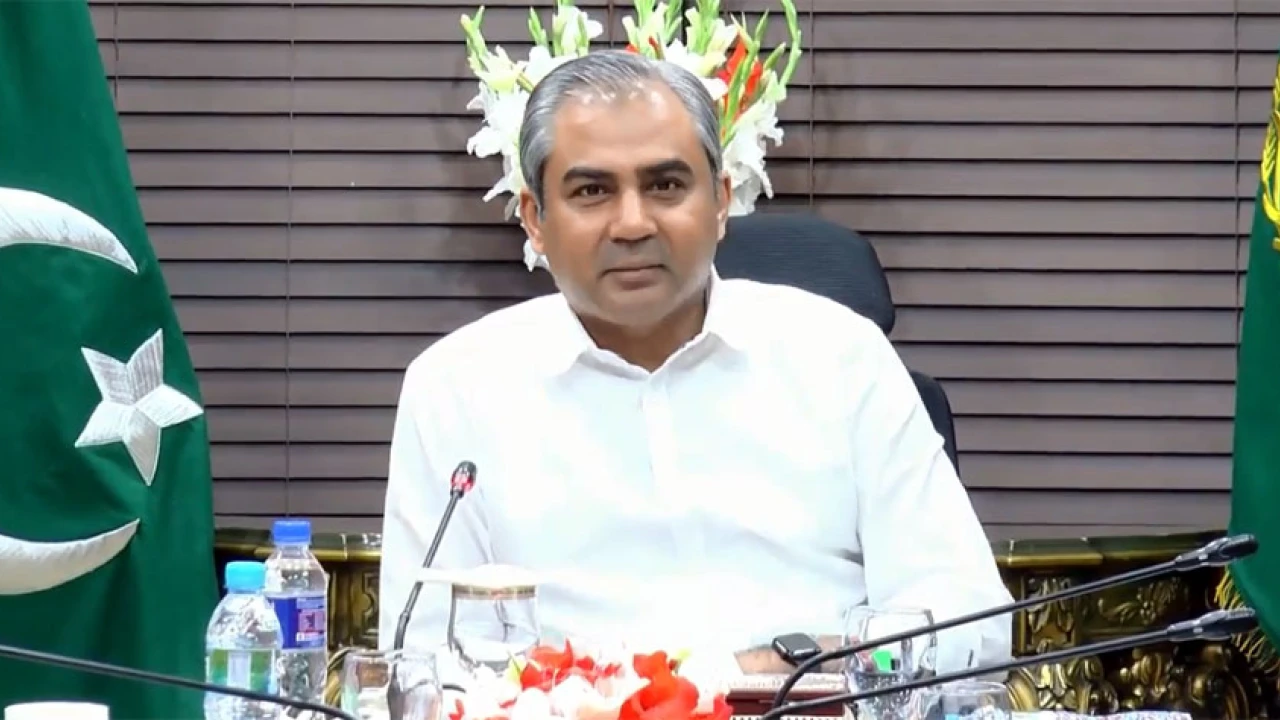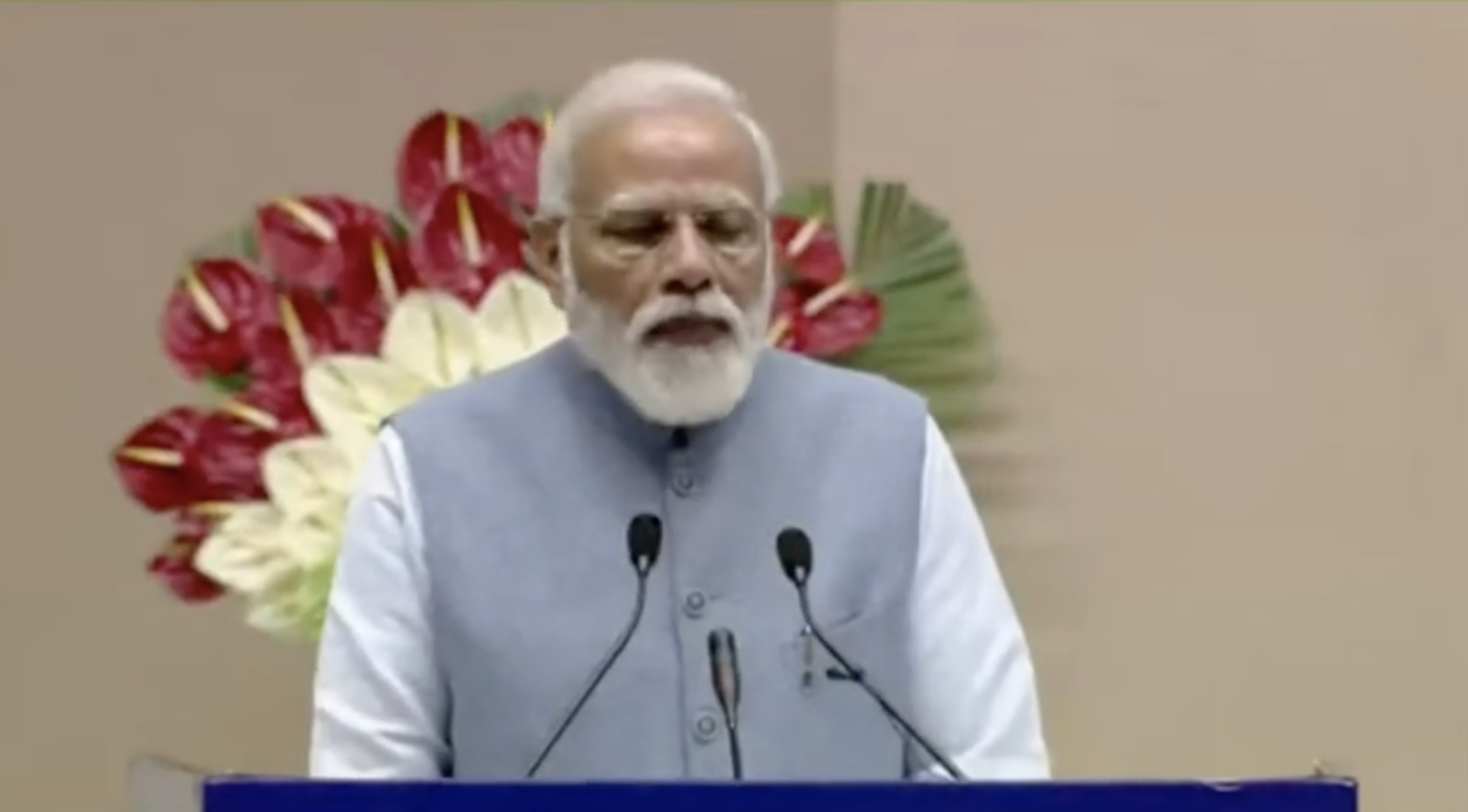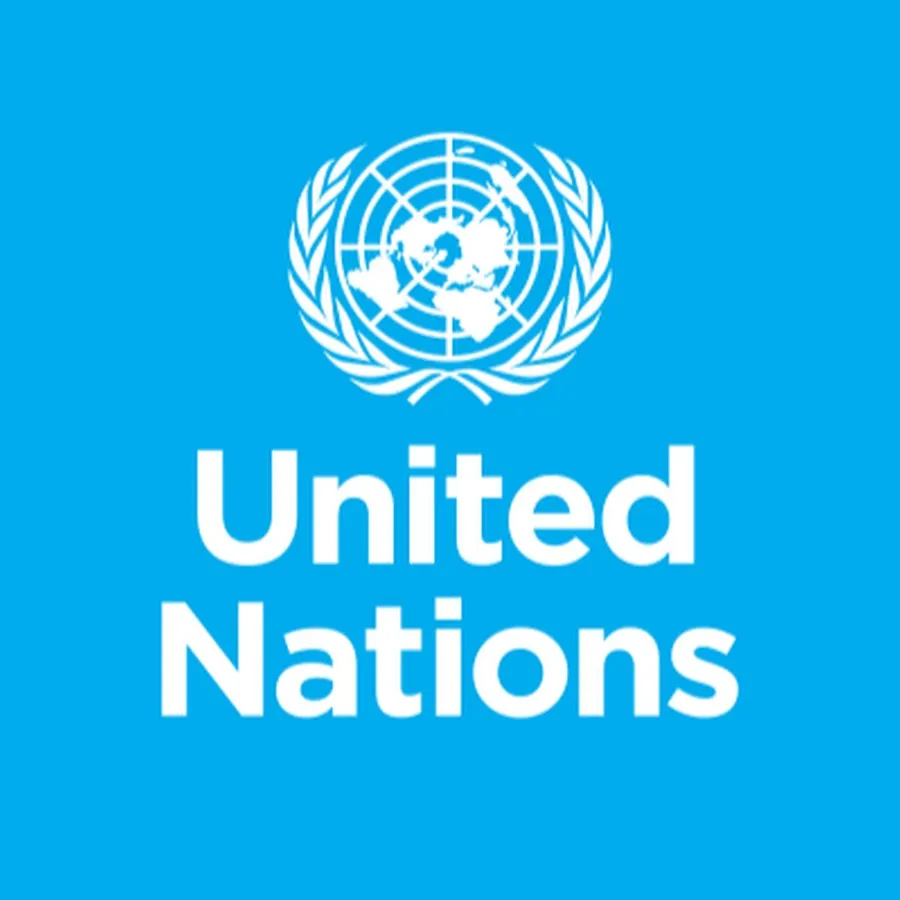Study finds that 1 out of every 10 university students in Pakistan dabbles in drug use, a good percentage of which are addicted
For the longest time, one of the severest problems faced nearly worldwide has been that of drugs. Drug use by criminals, drug use by delinquents, drug use at parties, drug use recreationally, drug addiction and abuse, drug legalization (in some parts of the world), drug use in medication, and the list goes on. But there is one problem that had perhaps not enough light shed on it in the past and is having all too much of it shed on now. And that is of the growing drug use by students on educational campuses in Pakistan.
According to a recent study, half a million people – most of whom are university students – are added to Pakistan’s drug addicts list every passing year. Moreover, it states that one out of every 10 university students in Pakistan dabbles in drug use, a good percentage of which are addicted. With the student body making up a sizeable chunk of the country’s population, it is becoming more and more imperative to behold such numbers with an intent to do something, fix issues, and bring change.
There is no falsity in the fact that drug use on campuses – and awareness regarding it – is certainly on the rise. To battle this – or any – predicament, one must first equip themselves with the necessary knowledge related to it. What are the types of drugs being used? Why do students turn to drug use in the first place? What can be done to combat this issue? These are just some of the questions facing our community today.
Mr. Syed Zulfiqar Hussain, an active anti-narcotics campaign director in Pakistan, gave his input on the matter.
“My organizations – Drug Advisory Training Hub (DATH) and YOCFAN – have consistently utilized the best evidence-based approaches to curb the menace of drugs among youth.” Mr. Hussain replied when asked about the types of drugs and why, in his opinion, students use them.
“In the city of Lahore, two different forms of drugs are freely accessible. ‘A Class’ drugs are defined as hard drugs that shorten life, whereas ‘B Class’ drugs are defined as harmful soft drugs that impair quality of life. The major drugs being used are ice, heroin, cocaine, LSD, and ecstasy tablets in the community.”
“There are so many reasons, but most students and youth first use it for pleasure-seeking and because they already have some friends using drugs, so they get involved in their groups. The other reasons we have seen are stress of education, home stress, family breakdown, and inherited habits, etc.”
An ungraduated student at Kinnaird University in Lahore, Ms. Mominah Bilal had her own opinions and understanding on the matter:
“There can be numerous reasons, ranging from home issues to just simple curiosity. The most prevalent reasons to me are availability and rebellion.” Ms. Mominah said.
“A lot of these young girls come from simple homes and have never been exposed to any real drugs. Knowing they can get away with it and try something new that will help them fit in makes it easy to manipulate them into trying it. They also often come from strict households and are in a very stressful and growing part of their life. They think no one understands them and will rebel in their own ways. Peer pressure and the stress of starting new things can also not be ignored.”
There is no shortage of dangers that come with drug use. From physical and mental health problems, including addiction, overdose, and mental health disorders such as depression and anxiety to the risk of criminal charges and expulsion from school, there is as much a variety in the dangers of using drugs as there is a variety in drugs themselves.
And with the availability of drugs on campuses becoming an imperative issue, what exactly are the potential hazards if it is not tackled immediately and effectively? Ms. Mominah shared her thought-provoking opinion on the matter.
“The most immediate effect is that it will make everyday life difficult for the next generation. Drugs are very addictive and are a direct pipeline to other crimes such as theft. It also affects cognitive functions so these kids will not be unable to focus in class and this will cause more stress and more drugs. One kid has the potential to indoctrinate other kids so they might cause many students to just throw away their futures, as well as make the campus feel unsafe. How can you feel secure when you know someone might attack or steal from you to feed their addiction?”
Taking action against drug use on college and university campuses is thus crucial for several reasons. Drug use can have serious negative consequences on students’ health and well-being, both in the short and long term, both physically and mentally. It can also, most prominently, lead to addiction, which can have long-lasting and potentially irreversible effects on a person’s life.
Using drugs can also negatively impact academic performance and social relationships, which can further hinder a student’s success in college or university. By taking action against drug use on campuses, schools can help protect the health and well-being of their students, promote a safe and supportive learning environment, and help prevent the spread of drug abuse and addiction.
There exists no doubt that drug usage on educational campuses is a complex issue that can have a multitude of serious negative effects. While it is important to understand the underlying causes of drug use, it is equally important to implement effective interventions to prevent and address drug abuse on campuses.
As such, what action can be taken toward this effort? There are different levels of struggle involved toward this pursuit, and none of them are easy. Ms. Mominah, an avid speaker and believer in the anti-drug effort on campuses, once again came forward with various methods and interventions, as quoted below.
The first and foremost is the individual level.
“On an individual level, I think we should provide an anonymous way for students can report drug users as well as educate themselves about the risks and consequences of drug use so they can tell others why they should not try in the first place.”
The next is the communal and societal level.
“Opening up more opportunities for dialogue is also a good way. If you stop making this a taboo topic where you can only say ‘not me, never’ and actually talk about it, then more people are likely to remember a reason to say no when they are offered drugs.”
Then comes the administration level.
“I think having a whole committee dedicated to the removal of drugs on campus may be helpful. We need a full-blown investigation to make sure that every last corner is drug-free. Moreover, I believe we need to increase focus on children’s mental health. Having more campus counsellors, and connecting the youth with seniors would address the root of the issue”
Finally, and most powerful, is the government level.
“We first need to increase funding for drug prevention and treatment programs at colleges and universities, and then implement policies and regulations to combat drug trafficking and distribution. If people are actually aware of the consequences and have some sort of fear that they might be jailed for this they would not even think about drugs.”
In these practical and interesting methods shared by Ms. Mominah, we can see how students themselves are becoming increasingly aware of this issue, to the point of having given the matter some serious thought.
Mr. Hussain also had something to add to the interventions offered by his anti-narcotics campaign.
“We have the honor of having done a lot for drug demand reduction programs in educational institutions and introducing many interventions according to international prevention standards,” he explained. “Prevention is better than cure.”
He also stressed the need for a comprehensive strategy to curb the menace of drugs in society through educational approaches. “We introduced different training programs like parenting skills for parents, teaching skills for teachers, basic life skills for youth, non-teaching staff orientation programs, and media training programs regarding drug use prevention.”
There are several interventions that have been proven to be effective, such as education and awareness campaigns, counseling and support services, and drug testing programs. It is crucial that these interventions are tailored to the unique needs and challenges of each campus and are implemented in a comprehensive and coordinated manner.
Ultimately, addressing drug usage on college campuses requires a multi-faceted approach that involves the collaboration of students, faculty, staff, parents, and community partners. By working together, a safe and healthy environment can surely be created, where students can thrive and reach their full potential free from the negative impact of drug use in their lives.
















